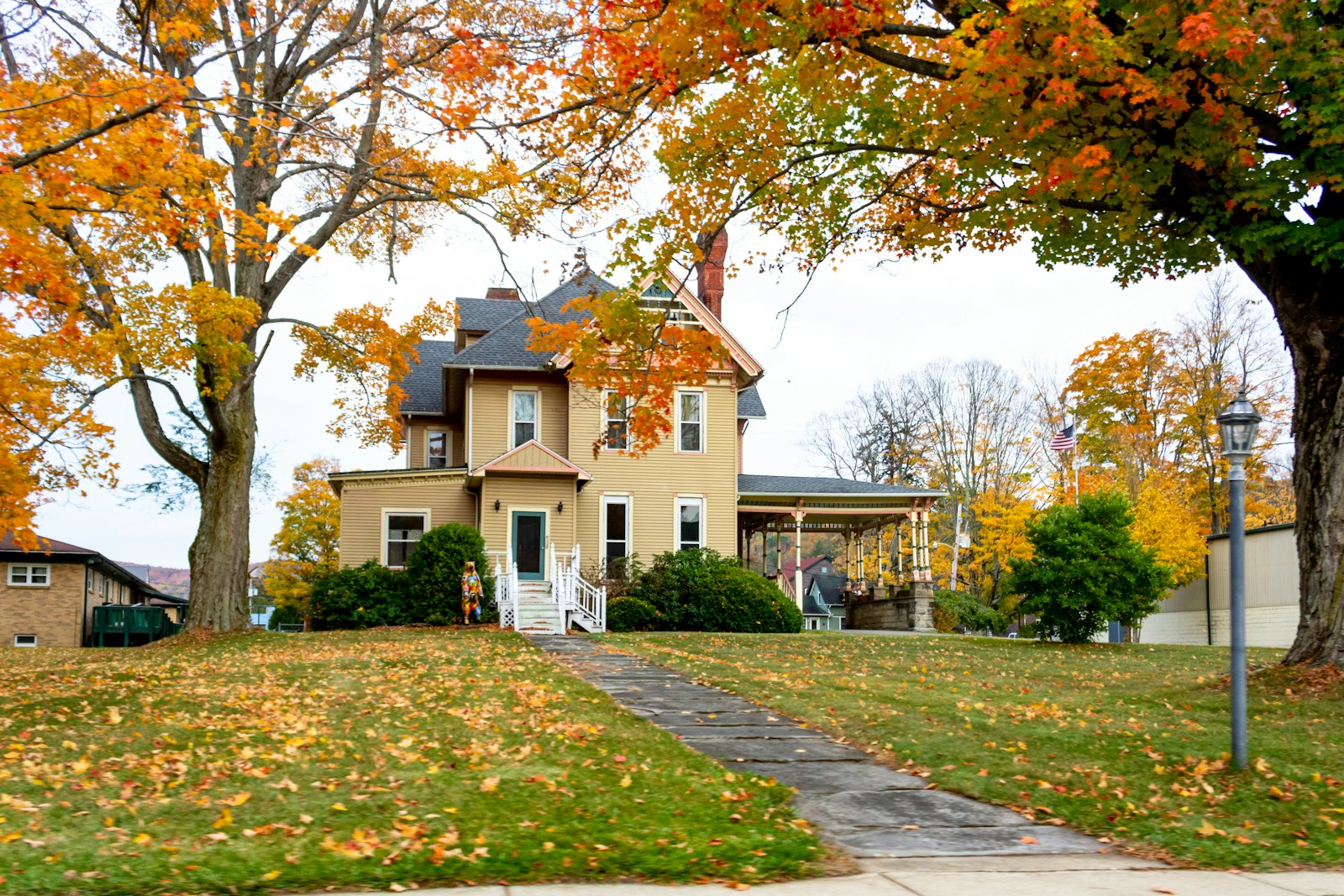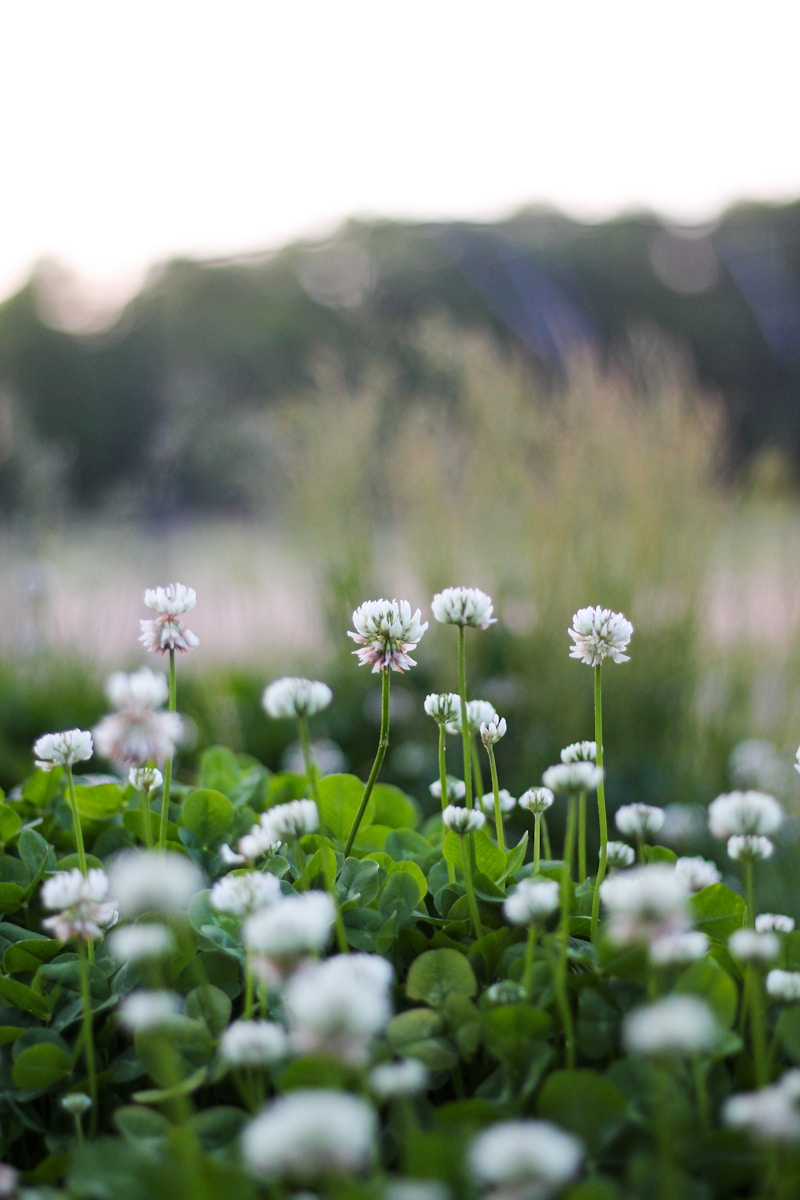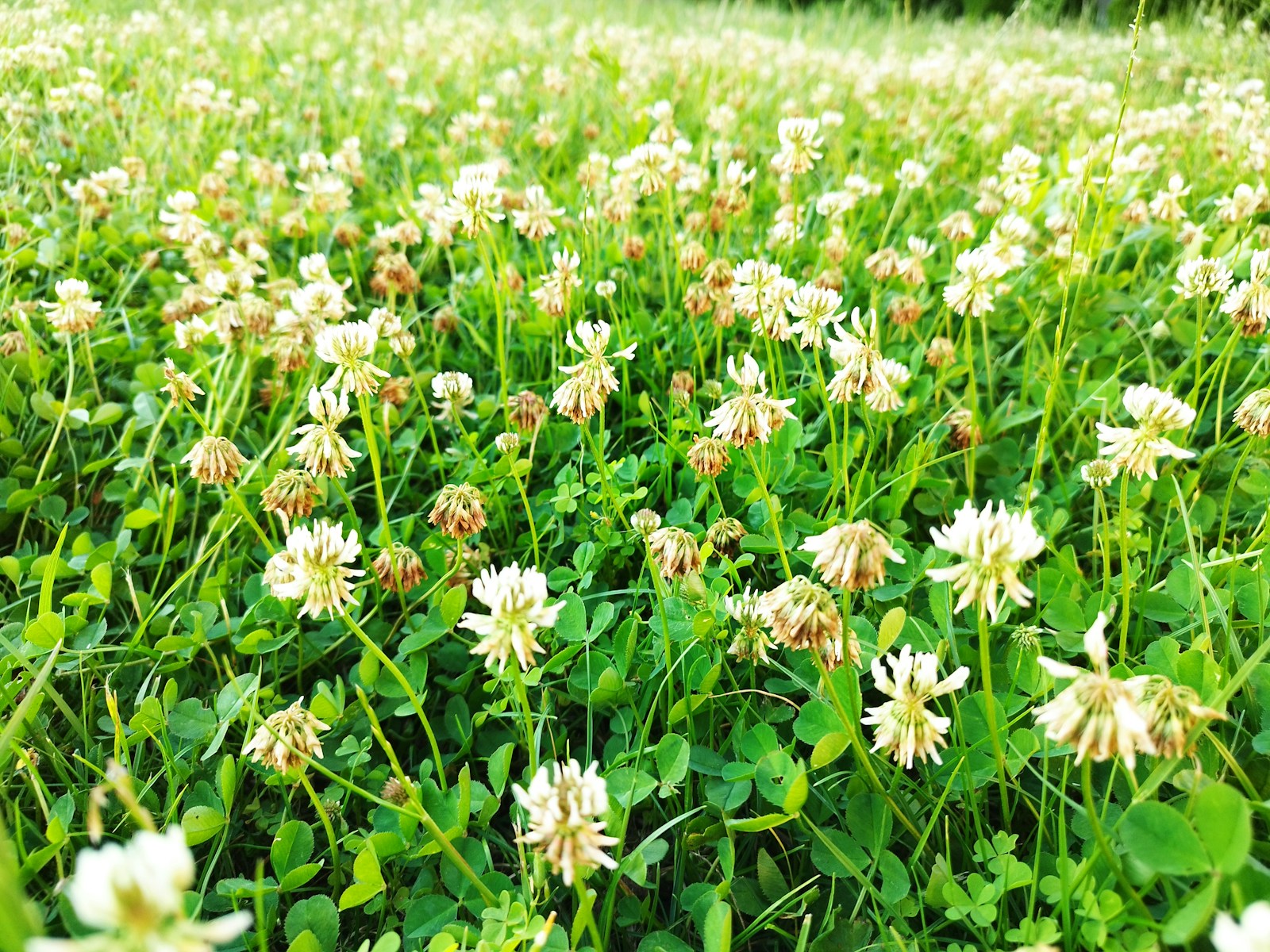As summer heat fades, savvy homeowners turn to overseeding in fall—the secret to transforming patchy, tired lawns into vibrant carpets of green. Cooler temperatures and consistent rainfall create ideal conditions for grass seed germination, making autumn the prime season for lawn rejuvenation.
Whether you’re battling bare spots in Colorado’s arid climate, prepping for winter dormancy in Virginia, or combating moss in the Pacific Northwest, this guide unpacks the science, strategies, and sustainability of fall overseeding. Backed by insights from university extensions and turf experts, we’ll walk you through every step, from seed selection to post-care, ensuring your lawn emerges next spring thicker, healthier, and envy-worthy.
Why Overseed in Fall? The Science Behind the Timing
Fall’s Goldilocks weather—warm soil, cool air, and fewer weeds—gives grass seedlings a head start. According to Oregon State University Extension, soil temperatures between 50–65°F (common in September/October) boost root development, while reduced competition from crabgrass and dandelions lets new grass thrive.
Key Benefits:
- Stronger Roots: Cool-season grasses like Kentucky bluegrass and tall fescue establish robust root systems before winter.
- Natural Moisture: Autumn rains reduce irrigation needs by up to 30%, as noted by the University of Maryland Extension.
- Spring Readiness: A thick lawn crowds out weeds and resists disease.
- Soil Health: Cooler temperatures enhance microbial activity, breaking down organic matter into nutrients for seedlings.
In Phoenix, Arizona, homeowner Maria Rodriguez battled summer scorch by overseeding with drought-tolerant tall fescue each October. “By Thanksgiving, my lawn looked like a golf course—even in the desert!” Meanwhile, in Seattle, Washington, the Carter family tackled moss invasion by overseeding shade-resistant fine fescue. “Fall rains did most of the watering for us,” says Jen Carter.
Best Grass Types for Fall Overseeding
Choosing the right seed is critical. Match species to your region’s climate and soil type:
| Grass Type | Region | Seeding Rate (per 1,000 sq ft) | Key Benefits |
|---|---|---|---|
| Perennial Ryegrass | Pacific Northwest, Northeast | 4–6 lbs | Fast germination (5–7 days), wear-resistant |
| Tall Fescue | Southwest, Mid-Atlantic | 6–8 lbs | Drought-tolerant, deep roots |
| Kentucky Bluegrass | Midwest, Northern States | 1–2 lbs | Self-repairing, cold-hardy |
| Fine Fescue | Shaded areas, Coastal zones | 3–5 lbs | Thrives in low light, low-maintenance |
LSI Keywords: cool-season grasses, drought resistance, shade tolerance, germination timeline, soil compatibility.
Pro Tip: New hybrids like Turf-Type Tall Fescue (TTTF) offer finer blades and disease resistance, ideal for high-traffic yards.
Step-by-Step Guide to Overseeding in Fall
- Mow Low: Cut existing grass to 1.5–2 inches to expose soil. Bag clippings to prevent smothering seeds.
- Dethatch/Aerate:
- Rent a core aerator (60–60–80/day) to pull soil plugs and alleviate compaction. Avoid spike aerators—they worsen compaction.
- For thatch over 0.5 inches, use a dethatching rake or power dethatcher.
- Soil Test:
- Collect samples from 5–6 spots (3 inches deep) and send to a lab (e.g., via Penn State Extension’s $10 kit).
- Ideal pH: 6.0–7.0. Amend with lime (for acidic soil) or sulfur (for alkaline soil) as needed.
- Seed Smart:
- Use a broadcast spreader for even coverage. Split the seed into two batches—spread half in parallel rows, the other half perpendicular.
- For small patches, hand-seed and lightly rake to ensure seed-to-soil contact.
- Water Wisely:
- Days 1–10: Lightly mist 2x daily (morning and afternoon) to keep soil damp.
- Days 11–21: Reduce to 1x daily, increasing water depth to encourage roots.
- Avoid evening watering—it promotes fungal growth.
Pro Tip: Mix seed with compost or starter fertilizer (e.g., 10-10-10 NPK ratio) to boost nutrient uptake.
Tools & Products You’ll Need
- Spreaders: Scotts Turf Builder EdgeGuard ($70) for precision.
- Seed: Jonathan Green Black Beauty Ultra (shade/drought blend).
- Soil Amendments: Espoma Organic Garden Lime ($15/5 lbs).
- Irrigation: Oscillating sprinkler with timer ($40).
Common Mistakes (And How to Avoid Them)
- Overwatering: Soggy soil drowns seedlings and invites mold. Use a screwdriver test—soil should be moist 1 inch deep.
- Wrong Seed: Avoid “quick fix” annual ryegrass—it dies in winter. Check USDA Plant Hardiness Zone maps.
- Skipping Soil Prep: Compacted soil = poor germination. Aerate!
- Mowing Too Soon: Wait until grass reaches 3 inches. Dull mower blades tear seedlings—sharpen them first.
- Ignoring Birds: Protect seeds with straw mulch or lightweight netting.
Environmental Impact: Sustainable Overseeding Practices
Fall overseeding reduces reliance on herbicides and conserves water. The EPA notes that dense lawns prevent soil erosion and filter rainwater, reducing runoff pollution. Opt for:
- Organic Fertilizers: Milorganite or compost tea to avoid chemical runoff.
- Native Grasses: Buffalograss in the Plains states supports pollinators.
- Rain Barrels: Collect autumn rainfall for irrigation (saves 1,300 gallons annually, per EPA).
Case Studies: Real-Life Transformations
- Denver, Colorado: The Nguyen family transformed their clay-heavy yard using tall fescue and aeration. “We followed Colorado State University’s guide—now our lawn survives snowy winters and summer droughts,” says Tom Nguyen.
- Atlanta, Georgia: After years of Bermuda grass dominance, the Parkers overseeded with perennial ryegrass in October. “The ryegrass stays green all winter, and the Bermuda rebounds in summer,” notes Lisa Parker.
Troubleshooting Tips
- Poor Germination? Check soil temps—seed won’t sprout below 45°F. Use a soil thermometer.
- Weeds Taking Over? Apply pre-emergent herbicide after germination (e.g., Mesotrione).
- Patchy Growth? Top-dress with ¼ inch of compost to retain moisture.
- Frost Threat? Cover seedlings with frost cloth if temps drop below 32°F.
Alternatives to Fall Overseeding
- Spring Seeding: Riskier due to weed competition and erratic temps. Best for warm-season grasses like Zoysia.
- Sodding: Instant results but costly (0.30–0.30–0.80/sq ft) and labor-intensive.
- Hydroseeding: A slurry of seed, mulch, and fertilizer sprayed evenly (0.10–0.10–0.20/sq ft). Ideal for slopes.
Cost Comparison Table:
| Method | Time to Establish | Labor Required |
|---|---|---|
| Overseeding | 4–6 weeks | Moderate |
| Sodding | Immediate | High |
| Hydroseeding | 3–5 weeks | Low |
Final Thoughts
Fall overseeding is a cost-effective, eco-friendly way to revive your lawn. By timing it right, choosing region-appropriate grass, and avoiding common pitfalls, you’ll enjoy a resilient, lush yard by spring. Remember: Soil prep is king, patience is key, and sustainability pays off.



